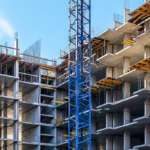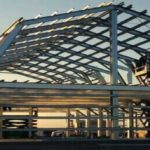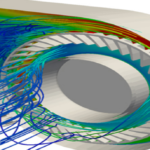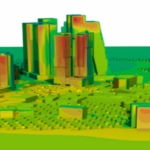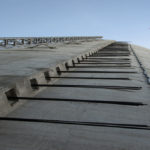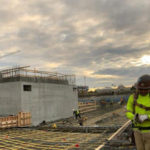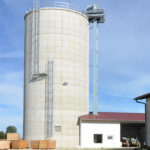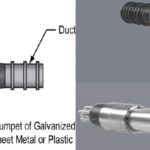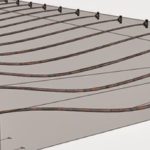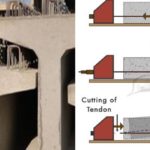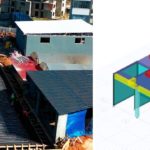Blog
What is Prestressing?

In prestressed concrete, the prestressing force shows an elastic behavior even at large load. Therefore, prestressed concrete is an elastic material. Therefore, it is suitable for structures that will be under dynamic effects. Examples of prestressed structures are bridges, viaducts, piles, ground anchors, silos, religious buildings, dams, sports facilities, concert halls, railway concrete sleepers.
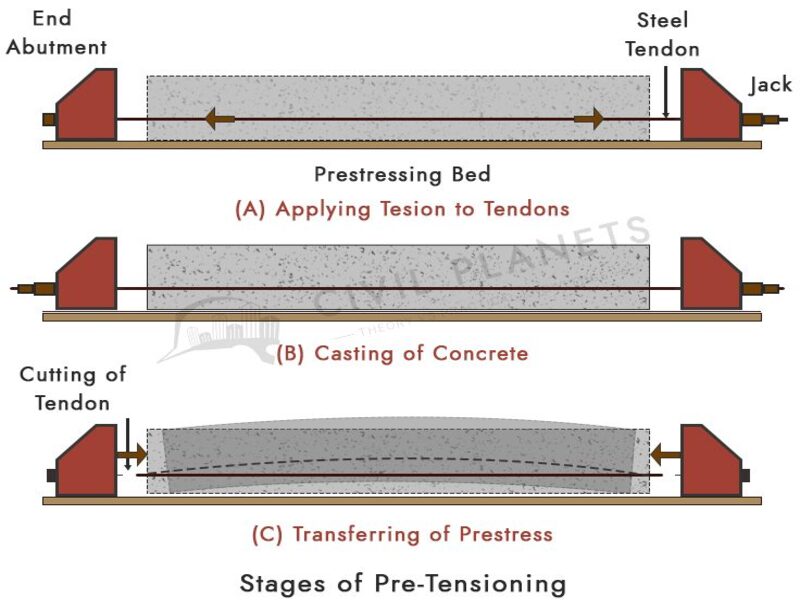
If we observe the behavior of the prestressing system;
As a result of the gradual increase in column spans in the structure, the cross-sections of reinforced concrete elements are insufficient and increase accordingly. In addition, since the increase in dead load leads to an increase in the earthquake load, the cross-sections of the structural elements increase, the cost increases and cracks appear in the structure. As a result of these, prestressed concrete technique was established to prevent tensile stress. Thanks to the prestressing system, the cross-sectional dimensions of the elements are reduced, saving steel and concrete consumption. As a result, the weight of the structure and foundations are lightened. Therefore, the economic life of the project is extended.
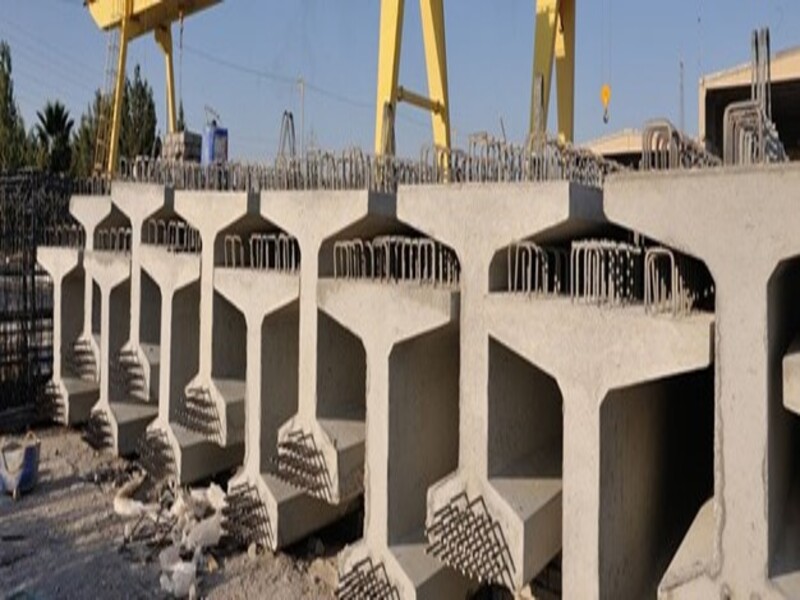
To explain prestressed concrete in order of application;
The prestressing reinforcement used in prestressed concrete is placed in a specially designed steel mold by calculating the cross-sectional area and spacing. The steel wires used are specially manufactured steel elements. After the tensioning process, the ends of the wires, which are stretched from both ends, are clamped and concrete is poured over them. After the prestressing wires are tensioned, grout is injected into the sheath cavities at the anchor points to ensure adherence between the cable and the sheath.
Since steel is a material with ductile behavior, it could use prestressing under high stress. With the effect of highly stressed steel, energy is generated in the structural element. Reverse deflection occurs by creating pressure at the bottom. With prestressing, this force along the length of the beam resists the loads applied to the beam. Accordingly, it creates an upward force as opposed to the load on the beam’s own weight. As a result, prestressing allows large spans to be passed economically by reducing the weight of the structure by using high quality steel and concrete together.
Advantages of Prestressing;
- With the reverse deflection created the deflection values that will occur during service and under long-term loads are kept at the desired levels. With the pressure effect created, tensile stresses in the element are prevented and accordingly a crack-free element is obtained.
- The yield and tensile strength of the steel material used in prestressed concrete elements is very high. With the tendon placement, the density of soft reinforcement in the element is reduced.
- It is ensured that the structures become safer by completely preventing the cracks in the structure or limiting them to certain levels.
Latest Blog
-
Reinforced Concrete Calculation Static Report
31 January 2024 -
Steel Calculation Static Report
31 January 2024 -
What Is CFD Analysis?
22 December 2023 -
What Are The Benefits Of CFD Analysis?
22 December 2023 -
Silo Reinforcement with Post-Tensioning Method
26 September 2023 -
Post Tensioning Method in Cantilever Slabs
4 September 2023 -
Post-Tensioning Application In Reinforced Concrete Silos
22 August 2023 -
Components Of Post Tensining
16 August 2023 -
What Are Pre-Stressing And Post-Tensioning?
11 August 2023 -
What is Prestressing?
8 August 2023 -
History Of Post Tensioning
8 July 2023 -
Post Tensioning Method In Foundations
14 June 2023 -
What Is Post Tension?
30 September 2022 -
Steel Static Projects
27 September 2021


